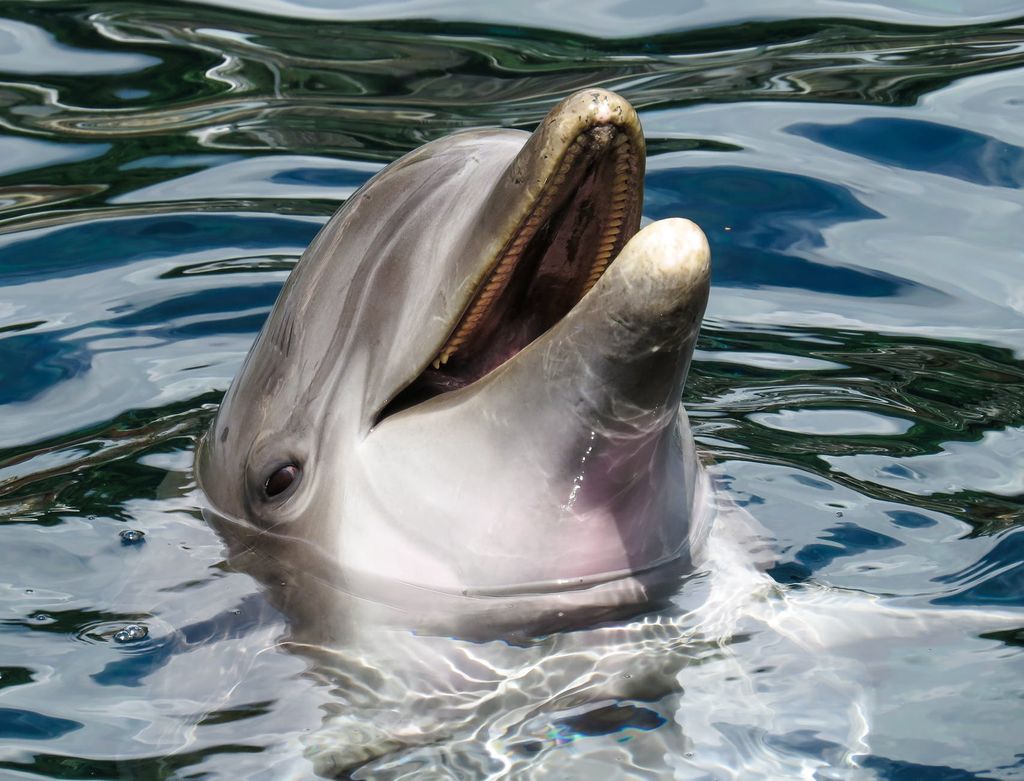The Tiger Of The Ganges
Jun 22, 2019 • 65 views

The Ganges River Dolphin also named 'Shushuk' by Bengali communities occupies a position similar to a Tiger present in the jungles as in a river ecosystem. It is at the top of the food chain and hence its presence indicates a healthy river ecosystem. But sadly, its population has drastically declined from 5000 in 1982 to less than 2000 in the current years.
It has been listed as an Endangered Species under the International Union for Conservation of Nature’s (IUCN) Red List. Further, high-level legal protection has been granted to the dolphin by including it within Schedule I of the Indian Wildlife Protection Act, 1972. It has also been declared as the National Aquatic Animal of India by the Prime Minister in 2009.
The Ganges River Dolphin is one of the four freshwater dolphin species in the world. The four freshwater dolphin species are the Amazon River Dolphin, Ganges River Dolphin, the Indus River Dolphin, and the Chinese River Dolphin. Out of the four, the Chinese River Dolphin also known as the Bajii has become extinct because of human activities.
Habitat
The Ganges River Dolphin is distributed over the Ganges-Brahmaputra-Meghna and Karnaphuli-Sangu river systems of India and Bangladesh. It is also found in the Karnali and Sapta Kosi river systems of Nepal.
Features
It looks adorable with a grey stocky body, large flippers, low dorsal fin, and long thin snout. Its average weight ranges between 60 to 70 kg. Its length is measured to be ranging from 2.1 to 2.6 m. The dolphin cannot respire in water and has to come up to the surface every 30 to 120 seconds.
Since its eyes are its vestigial organs, it uses echolocation to identify and hunt down its prey. The blind dolphin emits ultrasounds that reach its prey and then revert back to the dolphin in the form of electric signals. By relying on these electrical signals, the blind dolphin creates a picture of its prey in its mind and attacks.
Risks
Poaching – The dolphin is poached and killed to extract oil which is used as a liniment and as fish bait.
Fishermen’s Gear – Dolphins often get entrapped in nylon gillnets used by fishermen to catch fish resulting in their death.
Dams and Barrages – The building of dams and barrages affects the river flow pattern and reduces its water level making it difficult for the Dolphin to survive.
Industrial effluents and Pesticides- These pollutants are hazardous to the Dolphin’s survival and lead to their destruction.
River Traffic – Vessels and motor boats generate large scale noise that interferes with the echolocation of the Dolphins because of which they can’t catch their prey. They also collide with these vessels and die in the process.
Irrigation Canals – Dolphins often get stranded and killed in these canals.
Dredging Operations – These activities reorient the flow of the currents disturbing the habitat of the Dolphins.
Salinity – The increased saline levels in the river water systems cause these freshwater mammals to perish.
Conservation Action Plan (2010-2020)
The Conservation Action Plan for the Ganges River Dolphin (2010-2020) is an initiative taken by the government of India to conserve and protect the Dolphin from extinction. The proposals put forward by the government are as follows:
To demarcate potential areas for Dolphin conversation in the river.
Furthering research and spreading awareness among local communities, stakeholders and fishermen.
Also, facilitate National Awareness regarding the protection of rivers and its rich biodiversity
Conducting surveys twice a year to assess the populations of the dolphins.
Developing a sustainable fishery plan without harming the Dolphins
Managing a healthy flow and level of water favorable for the Dolphin’s existence
Conducting training and capacity building programs to protect the Dolphin
Spreading awareness through media and films
The government had initiated the conversation plan with full rigor by laying down a constructive set of objectives to be achieved by 2020. Till today, we do not know whether there is an effective implementation of the plan or not. It is already 2019 now and the Ganges River has not been cleaned entirely. Hydroelectric projects continue to be established along these rivers resulting in poor flow of the river and decreased water levels. Amidst all this, “Can the ‘Tiger of the Ganges’ survive?” or “Will it share the same fate as the Chinese River Dolphin?”
